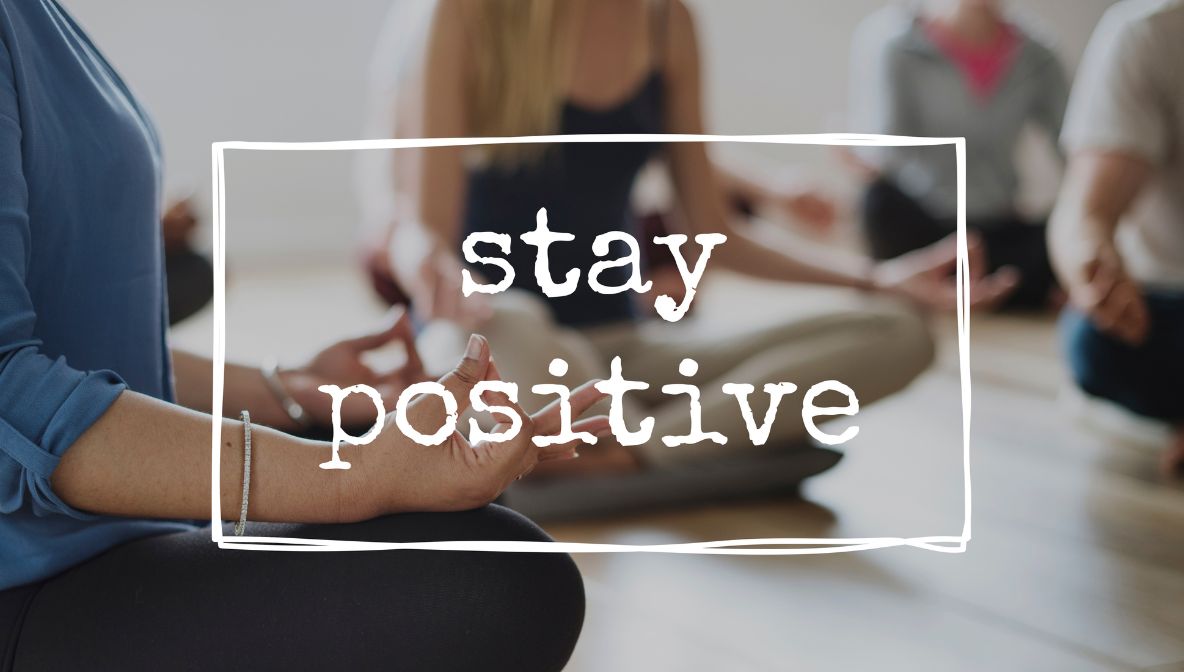In today’s fast-paced world, maintaining a healthy balance between work and personal life has become increasingly difficult. People often struggle to juggle their careers with family obligations, personal time, and self-care. However, achieving work-life balance is crucial for overall well-being, mental health, and happiness.
Key Points:
- Work-life balance is essential for reducing stress and burnout.
- Prioritizing personal and family time can enhance mental health.
- Successful work-life balance involves clear boundaries and mindful time management.
In this article, we will discuss several work-life balance strategies that can help you create a more harmonious and fulfilling lifestyle. These strategies will help you manage your time better, reduce stress, and enjoy a more rewarding personal and professional life.
1. Why Is Work-Life Balance Important?
Work-life balance refers to the ability to divide your time and energy between work and other important aspects of your life, such as family, hobbies, and self-care. Achieving this balance is crucial for maintaining good physical and mental health. People who struggle with work-life balance often face increased stress, fatigue, and health problems.
For example, employees who work long hours without sufficient breaks often experience burnout, which affects both their job performance and personal life. By finding a healthy balance, individuals can feel more satisfied in both their careers and personal lives.
Note: A balanced lifestyle promotes long-term health and happiness.
2. What Are the Best Work-Life Balance Strategies?
There are various strategies you can use to improve your work-life balance. The key is to implement methods that suit your lifestyle and needs. Below are some effective strategies:
2.1 Set Boundaries Between Work and Personal Life
One of the most effective work-life balance strategies is to set clear boundaries between work and home life. This might mean turning off work emails outside of office hours or designating specific spaces for work and relaxation.
Example:
If you work from home, try setting up a dedicated office space. This will help mentally separate work time from personal time.
2.2 Prioritize Tasks with Time Management
Time management is essential to avoid feeling overwhelmed. Use tools like to-do lists, calendars, and apps to prioritize tasks based on urgency and importance.
Example:
Start your day by completing the most important tasks first and saving less critical tasks for later.
Reminder: Prioritize time for breaks and relaxation to avoid burnout.
2.3 Use Flexible Work Options
If possible, consider flexible working hours or remote work options. Many employers now offer flexible work arrangements that allow employees to manage their schedules.
Example:
Work from home a few days a week or request flexible hours to accommodate family commitments.
3. How Can Yoga for Beginners Help in Achieving Work-Life Balance?
Yoga for beginners can be an excellent practice to help manage stress and improve focus, both of which are essential components of work-life balance. Yoga helps you relax, unwind, and recharge, allowing you to approach work and personal life with renewed energy.
Example:
Practicing yoga for 15-20 minutes in the morning can help you start your day centered and focused, reducing stress and enhancing productivity.
Note:
Incorporating yoga into your routine can bring balance and clarity to your life.
4. How to Foster a Positive Mindset for Better Work-Life Balance?
A positive mindset can significantly affect your ability to manage work and personal life effectively. By practicing gratitude, staying optimistic, and developing a growth mindset, you can handle challenges with ease and find solutions to work-life balance struggles.
4.1 Practice Gratitude
Start by acknowledging the positive aspects of both your work and personal life. Even on challenging days, find something to be grateful for. This simple practice can shift your mindset and improve your mood.
Example:
Make it a habit to write down three things you’re grateful for each day, such as a supportive colleague or a peaceful family dinner.
4.2 Stay Optimistic
Rather than focusing on the negatives, adopt a mindset of optimism. Challenges at work and home are inevitable, but a positive attitude can help you overcome them more effectively.
5. How Can Stress-Free Living Tips Contribute to Work-Life Balance?
Living a stress-free lifestyle is vital for achieving a successful work-life balance. By reducing stress, you can focus more on your personal well-being and improve your productivity at work.
5.1 Practice Mindfulness
Mindfulness can help you stay present in the moment, reducing anxiety and stress. Practicing mindfulness involves focusing on the present and accepting your feelings without judgment.
Example:
Take a few minutes each day to practice deep breathing exercises or meditation to clear your mind and reduce stress.
5.2 Engage in Physical Activity
Exercise plays a crucial role in reducing stress and improving mental health. Whether it’s a walk, a run, or a workout session, physical activity can help you feel more relaxed and energized.
Conclusion
Achieving work-life balance is an ongoing process that requires mindful effort and consistent practice. By applying effective work-life balance strategies, setting boundaries, managing your time, and fostering a positive mindset, you can create a more balanced and fulfilling life. Remember to prioritize self-care and family time to maintain both personal and professional happiness.
Note: Work-life balance is not about perfection; it’s about finding a balance that works for you.
FAQ’s
1. What is work-life balance?
Work-life balance refers to managing the demands of work and personal life in a way that leads to greater well-being, reducing stress and improving health.
2. How can I achieve work-life balance with a busy schedule?
Use time management tools, set clear boundaries, and make time for self-care activities like yoga and meditation.
3. How does yoga help with work-life balance?
Yoga helps reduce stress, improve focus, and increase flexibility, which can help you manage both work and personal life more effectively.
4. Can a positive mindset improve work-life balance?
Yes, a positive mindset helps you stay calm under pressure, focus on solutions, and handle challenges with resilience.
5. What are some stress-free living tips?
Practice mindfulness, engage in physical activity, take breaks, and make time for hobbies to help reduce stress and maintain work-life balance.




